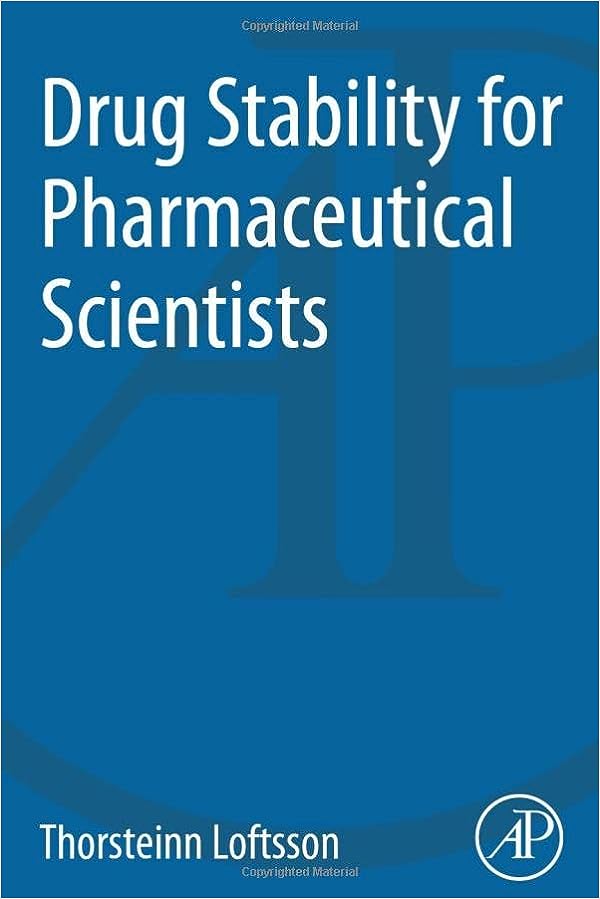Post-approval stability testing is an ongoing requirement for pharmaceutical products after they have been granted marketing authorization. It is essential for ensuring that products maintain their quality, safety, and efficacy throughout their shelf life and any changes made to the manufacturing process or formulation are adequately assessed.
Key Post-Approval Stability Testing Requirements
Post-approval stability testing requirements typically include the following key aspects:
- Long-Term Stability: Continuing to monitor the stability of the product over an extended period, typically at least 12 months, under recommended storage conditions to confirm the validity of the expiration dating.
- Accelerated Stability: Conducting ongoing accelerated stability testing to assess the impact
Regulatory Expectations
Regulatory agencies, such as the U.S. Food and Drug Administration (FDA) and the European Medicines Agency (EMA), have specific expectations for post-approval stability testing:
- FDA Requirements: The FDA expects pharmaceutical companies to conduct ongoing stability testing as part of their post-approval commitments and to report any significant stability findings or changes in stability profiles.
- EMA Guidelines: The EMA provides guidance on post-approval stability testing requirements, emphasizing the importance of maintaining product quality and ensuring that any changes made to the product or manufacturing process are adequately assessed for their impact on stability.
Conclusion
Post-approval stability testing is a critical aspect of pharmaceutical regulation, ensuring that marketed products maintain their quality, safety, and efficacy over time. By adhering to regulatory requirements and conducting ongoing stability testing, pharmaceutical companies can demonstrate their commitment to product quality and patient safety.
